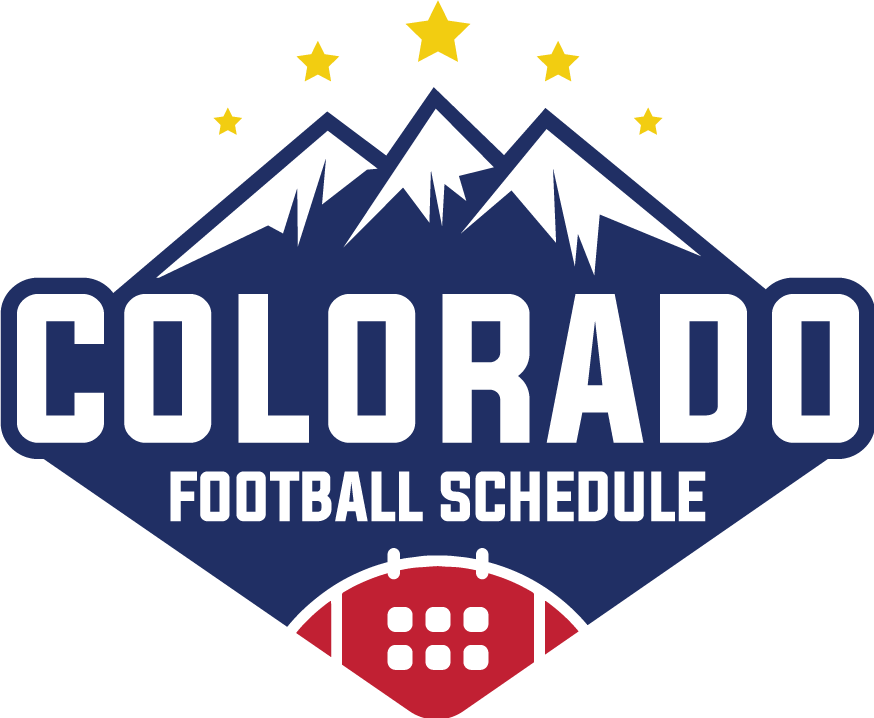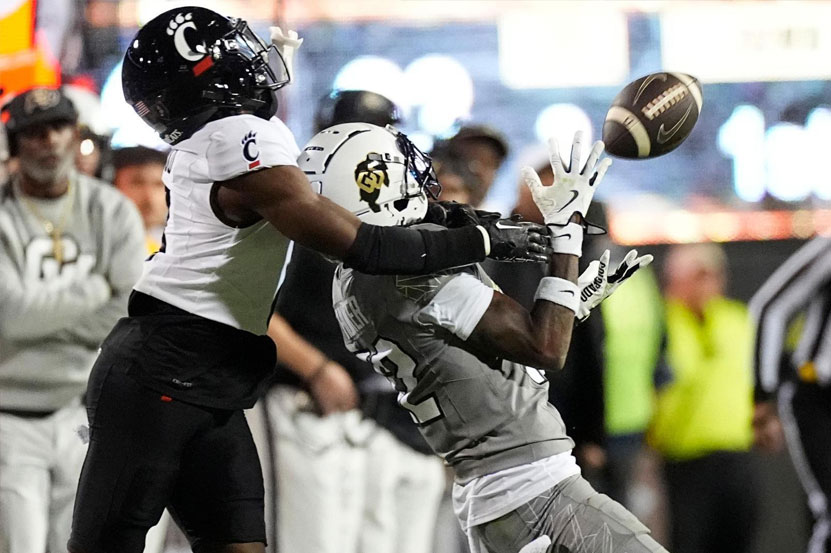If you’ve ever planned your day around watching a football game, you probably know it can take a while. You settle in expecting about three hours of action, but the clock on the screen says 60 minutes. So, what gives? How long is a football game really, and why does it take so much longer than what the official game time shows?
Let’s break it down in a simple, easygoing way.
The Basics: 60 Minutes of Game Time
On paper, a football game lasts 60 minutes. That’s one hour. But these 60 minutes are split into four quarters, each 15 minutes long. After the second quarter, there’s a halftime break. And between plays, the clock often stops. So while the actual game time is just an hour, it doesn’t play out in real-time like that.
Here’s how it usually goes:
- First Quarter: 15 minutes
- Second Quarter: 15 minutes
- Halftime: About 12–15 minutes (sometimes longer)
- Third Quarter: 15 minutes
- Fourth Quarter: 15 minutes
But in reality, the total time you’re watching? It’s more like 3 to 3.5 hours.
Why Does It Take So Long?
Now you’re probably wondering—how does a 60-minute game stretch into a three-hour event? Well, a few things make it longer.
1. Clock Stoppages
The clock doesn’t run nonstop. It stops for various reasons:
- An incomplete pass
- A player going out of bounds
- A penalty
- After a scoring play
- When there’s a timeout
All these pauses add up fast.
2. Commercial Breaks
Let’s be real—football is also a huge business. And TV networks air a lot of commercials during the game. These breaks are scheduled throughout, especially after scores, kickoffs, and timeouts. On average, there can be 15 to 25 commercials per game, sometimes more. That alone can add a good 45 minutes to an hour.
3. Instant Replays and Reviews
Sometimes a play is too close to call, and referees need to take a second look. They’ll review the footage, and during that time, the game is paused. While it’s great for getting the call right, it also stretches the total time.
4. Injuries and Penalties
If a player gets injured, the game pauses to make sure they’re okay and safely taken off the field if needed. Penalties also stop the game so the referees can explain the rule and mark off yardage. These things don’t happen constantly, but when they do, they slow the game down.
What About Overtime?
Sometimes a game doesn’t end after four quarters. If both teams are tied, the game goes into overtime.
- In professional football (like the NFL), overtime is one 10-minute period. If nobody scores, the game ends in a tie during the regular season (except in the playoffs, where they keep playing until there’s a winner).
- In college football, overtime works differently. Each team gets a chance to score from the 25-yard line. They keep going in rounds until one team ends up ahead after both have had a turn.
So, if there’s overtime, you can tack on another 15 to 30 minutes, or even more, depending on how things play out.
How Long Is Halftime?
Halftime gives players a short break and gives fans a chance to grab a snack. In the NFL, it usually lasts around 12 to 15 minutes. In college football, it might stretch to 20 minutes.
During the Super Bowl, though? That’s a whole other story. Because of the big halftime show, the break can go on for 30 minutes or more.
How Much Action Is There Really?
Here’s a fun fact: although the game lasts for hours, the actual time when the ball is in motion—real action—is surprisingly short. Some studies show that during an NFL game, there are only 11 to 15 minutes of actual playtime.
Yep, you read that right.
Most of the time is spent setting up the next play, watching replays, cutting to the sidelines, or, you guessed it, waiting through commercials.
Different Leagues, Different Rules
Depending on the level of football, the total time might change a bit.
NFL (Professional Football)
- Game Time: 60 minutes
- Real-Time Duration: 3 to 3.5 hours
- Halftime: About 13 minutes
- Overtime: 10-minute period (regular season)
College Football
- Game Time: 60 minutes
- Real-Time Duration: 3.5 to 4 hours (often longer than NFL)
- Halftime: 20 minutes
- Overtime: No clock, just rounds until a winner is found
High School Football
- Game Time: 48 minutes (4 quarters, 12 minutes each)
- Real-Time Duration: Around 2 to 2.5 hours
- Halftime: Around 15 minutes
So depending on where and who’s playing, the total time can vary quite a bit.
What Makes the Super Bowl So Long?
Ah yes, the Super Bowl—the biggest football event of the year. It’s not just a game; it’s a full-day experience.
Here’s what adds to the length:
- Extended pregame coverage
- The national anthem and opening ceremonies
- More commercials
- A longer halftime show
- Post-game celebration and trophy ceremony
All that can push the game well past 4 hours.
Tips if You’re Watching Live
Watching a game live, whether at the stadium or at home, can be a blast. But if you’re planning your day around it, here are a few tips:
- Expect at least three hours, more if it’s college or there’s a lot on the line.
- If you’re going to a stadium, account for time getting in and out—traffic can be a thing.
- Bring snacks or have food ready. Those commercial breaks are perfect for refills.
- Don’t be surprised if it goes into overtime. Some of the best games do!
Final Thoughts
So, how long is a football game? On paper, it’s 60 minutes. In real life, it’s a good three to four hours depending on the league, the pace of play, and any extras like halftime shows or overtime.
It might seem long, but for many fans, that’s part of the fun. The breaks give you time to chat, grab food, and soak in the drama of each play. Whether you’re a casual viewer or a die-hard fan, understanding the timing helps you enjoy the game more—and plan your day better.
Now, grab your favorite snack and settle in. Because once the kickoff happens, time moves a little differently in the world of football.


Leave a Reply